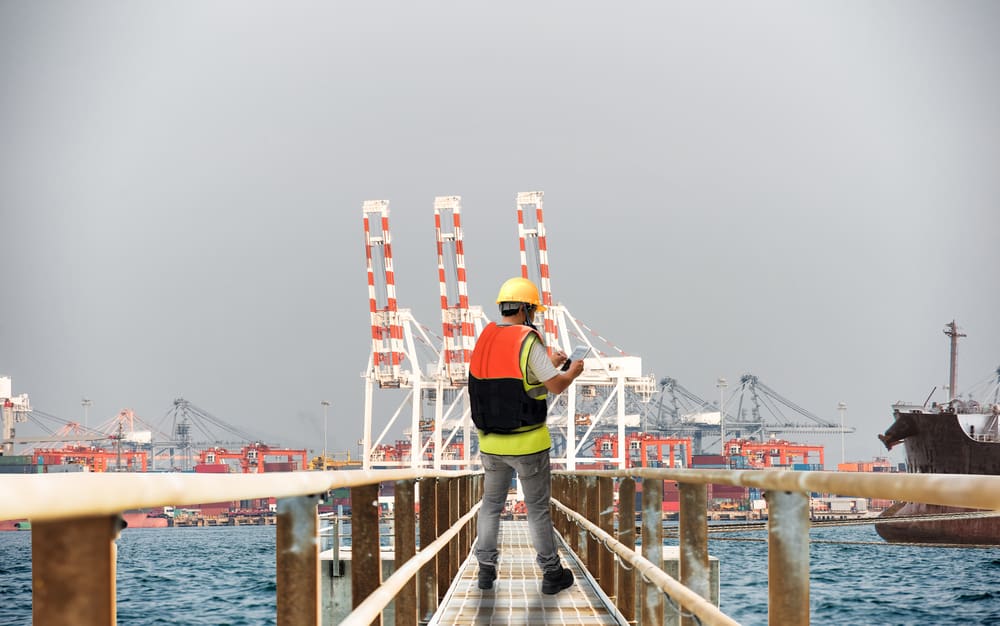One of the most important documents involved with a shipment is the Bill of Lading. A Bill of Lading is a receipt for the cargo, which contains all the pertinent information for the shipment. It is provided as a Master Bill of Lading from the Carrier, or a House Bill of Lading from the NVOCC. It includes the shipper/consignee information, container numbers, seals, piece counts, weights, and more. Without the Bill of Lading, the cargo cannot be released. Therefore, it is imperative that the information on the Bill of Lading is clear and accurate.
Where does the information on the Bill of Lading come from? It comes from the Shipper, of course.
The Shipper is ultimately responsible for the information that will appear on the final Bill of Lading. They, or their NVOCC/Forwarder, will provide this information on a document called the Shipping Instructions. This document must be supplied to the Carrier before the Documentation and AES cut-off (generally the day before the cargo cut-off, but this will depend on the first transshipment port and country of destination.)
Before a Carrier will accept a shipment, they must receive clear, and accurate, Shipping Instructions that contain all of the necessary information for the shipment.
Listed below is an example of what information must appear on the Shipping Instructions:
- Shipper or NVOCC details, including full company name, address, and contact information
- Consignee details, including full company name, address, contact information, and any necessary Tax ID numbers. For example, a CNPJ number for shipments destined for Brazil ports.
- Notify details, including full company name, address, and contact information
- Freight Forwarder details (if a forwarder is used,) including full company name, address, contact information, and FMC number.
- Booking Number, provided by the carrier, and any internal reference numbers for the shipper, consignee, or shipment.
- Vessel Name and Voyage Reference Number
- Port of Load and Port of Discharge
- Container Number and its Seal Number (every container for the shipment must be listed with full details)
- The piece count, package type, and commodity description next to the container for which it applies
- The weight and volume next to the container for which it applies
- Total piece count, weight, and volume for all of the containers for the shipment
- AES/ITN number, HS Code, Payment Terms (Freight Prepaid, Collect, DTHC Prepaid, etc.), BL Release Type (Express, OBL’s printed at origin or destination, etc.)
- Any additional information that must be shown on the BL – L/C terms, such as reference numbers, free time at destination, etc.
The information provided on the Shipping Instructions must be thorough and clear.
If any information is missing, it could result in the entire booking to be rolled to the next vessel with terminal costs applied. The cargo could also be denied entry onto the vessel, and issues could occur with release of the cargo at destination. If you have any questions, you can always contact your team at MTS Logistics, Inc.
Here is an example of a best practice for the Master Bill of Lading/Shipping Instructions.





